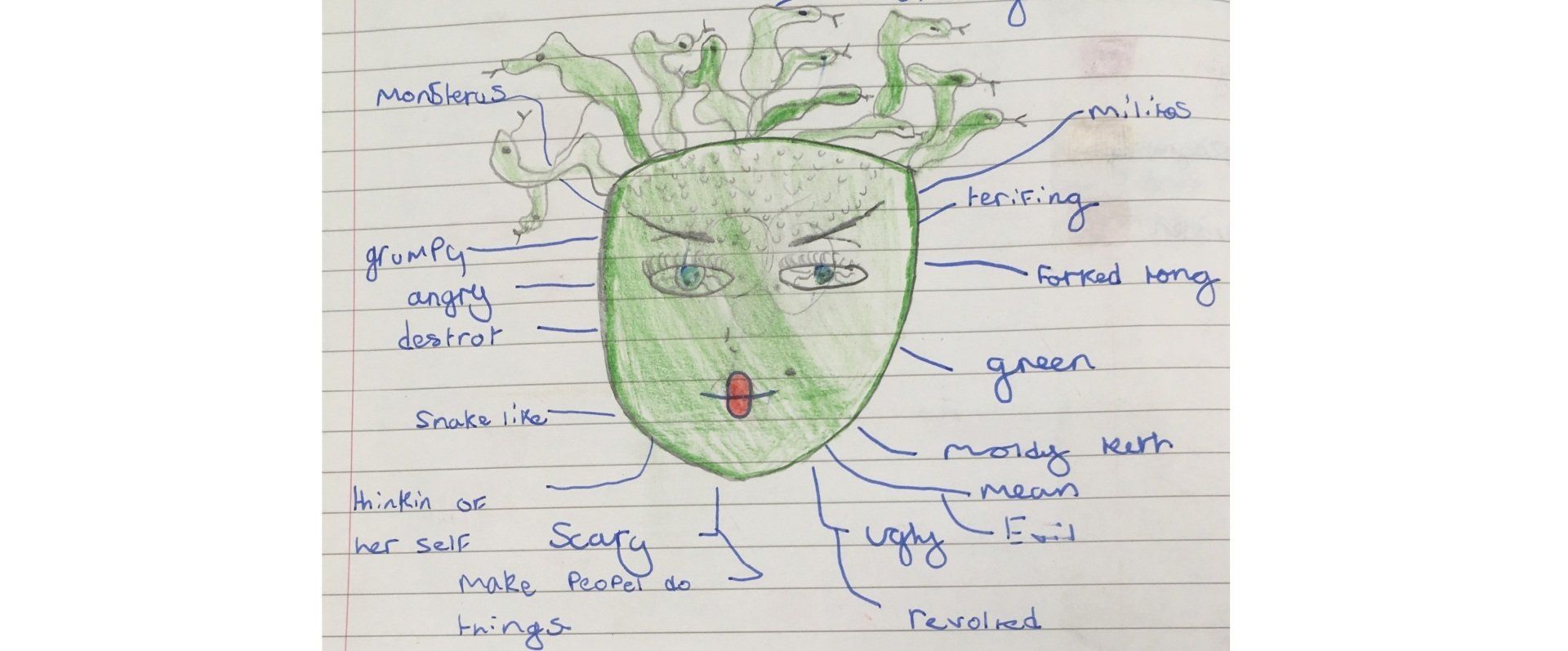Routines, teaching & learning at level p2
- by James D. Lewis
- •
- 19 Dec, 2017

Team Teach, TEACCH, ASD and the use of Sensory Cues
The model of collaborative learning Hasselbring et al (2000) has a strong emphasis within the class in relation to the physical proximity of the children. Paired work is facilitated through the use of a high staff ratio Mooney et al (2010); however there is a caveat in relation to considering the level of cognition that the children on my class are working towards. Almost all concepts that are intangible are out of reach for children working at or below p2 level; for them to gain understanding, physically feeling first hand what it is that is being taught is highly important Attfield & Morgan (2007).
During many lessons the format remains the same, obviously there is a start/ introduction, middle and end/plenary however in addition the lessons are split up into short 3- 4 minute chunks with songs and experiences which differ but are related to the topic being taught. Sowden et al (2010) describes the good practice of consistent routines and repetition within a lesson structure in an class environment like ours. Numeracy this half term currently relates to shape. We sing a repetitive song about four different 2D shapes. Each shape is visited twice and felt as the song is sung to the child, who then has the opportunity to experience the shape through touch and sensation. Visiting concepts twice is another embedded concept advocated within lessons at our school, particularly for children functioning below level p2ii. The reasoning behind this is that it may take the child a while to engage with the concept the first time around during that lesson, the repeated second time will allow the child to better attempt to gain understanding Bogdashina (2007). During the current Numeracy lessons, the types of shape are differentiated Hagopian (2001) for each child. One child prefers to feel a cut out of the shapes with a rough feel, so we have a square and cut out of sandpaper for him to feel during the square song rhyme. The individual work part of the lesson later comprises of several 2D shapes in a variety of trays for the children to explore, some plain, with sand or cooking oil in and around the shapes. The children are able to experience the different textures and shapes in the medium that they prefer Sussman (2001).
Flexibility of thought is an area of consideration within the ASD friendly classroom Chatwin (2007). Some of the children in my class experience inflexibility of routine, order or predictability within lessons which is common behaviour for a child with an ASD Bogdashina (2007). I have spent quite some time getting to understand each of my current pupils taking the triad of impairments into careful consideration Breakey (2006). I heavily contrast my current class with my previous seven groups who were altogether much more rigid in thought and in need of robust systematic repetitive timetabling and order. The use of the Team Teach (2006) approach and TEACCH method Mesibov (2005) were of paramount importance. Currently the cognitive levels of the pupils in my class range from p1i – p2ii. As previously described, one child in my class has a confirmed diagnosis of ASD, all the remaining cohort have GD with sensory and developmental issues relating to the triad of impairment Bogdashina (2007) in addition to other conditions. Their lower levels of cognitive development and further immobilising physical conditions lend them to not being prone to physical outbursts of violent behaviour. In my previous groups where children were functioning between p4 - p8 with minimal impairment in their major or minor motor skills, the autistic tendencies led to a superficial level of conscious social manipulation, similar to a study by Newson et al. The manipulation in my previous group was albeit related to their own perspective and allowed for a propensity of physically aggressive behaviour. This typically was triggered through sensory inner issues but also as a response to a social situation; creating a desired response, such as avoidance of work or conformity.
My current class (article written a few years ago when in my previous post) is organised around the concepts that I discovered and learned through my previous more aggressive groups. This was particularly in the developing of a predictable daily routine Plimley, Bowen& Morgan (2007), although I do not see the physical outbursts with these particular children as much, by virtue of the fact that they are largely immobile. As advocated by Mesibov & Schopler (1994) the classroom structure that we have created through using music as a sensory cue works well; particularly for my autistic visually impaired child who is unable to access any visual stimulus. In addition, other children who have the use of sight may not always have the cognitive access to their vision. These children at times may find the auditory music cues Hayes (2010) accessible at their cognitive levels.
The timetable is organised in a consistent manner and functions in an organisational spirit of the Team Teach (2006) behaviour de-escalation approach. Each morning as a team I organise a short 5-10 minute meeting each morning with my classroom staff. It is during this time that events of the day are discussed and any issues relating to forthcoming events are highlighted. This then leaves 20 minutes of preparation time for staff to carry out their specific assigned duties in relation to organising materials for the day or planning for future lessons Marks et al (2003). After school we again have a de-brief meeting which lasts a similar amount of time. We discuss the aspects that went well and pick apart the things that did not go to plan and try to remedy these. A further 20 mins allows staff to prepare equipment and resources for the next and subsequent days. The Team Teach (2006) approach is a good model template in regards to functioning as team. I consider that everyone has an equal say in the running of the group. As the teacher I am responsible for the planning, assessment and teaching; however how we achieve these objectives is a group decision. I am lucky to be working with some very experienced and motivated teachers and teaching assistants in our field of work. It is important for the team and I to feel valued and have the opportunity to use our collective initiative, our feedback to each other throughout the working day and formally within our meetings is advocated by Hall et al (2010).
Bringing it all Together:
James D. Lewis is aspiring to / seeking a Deputy Head Teacher post in North Birmingham, UK.
www.sencolewis.co.uk










